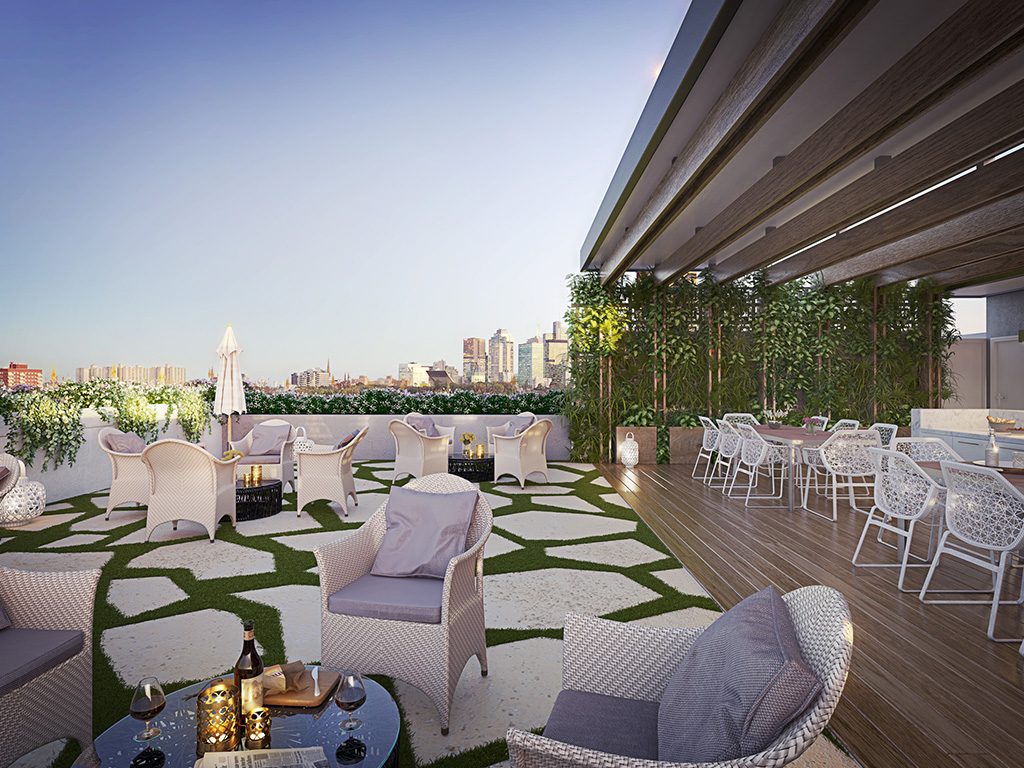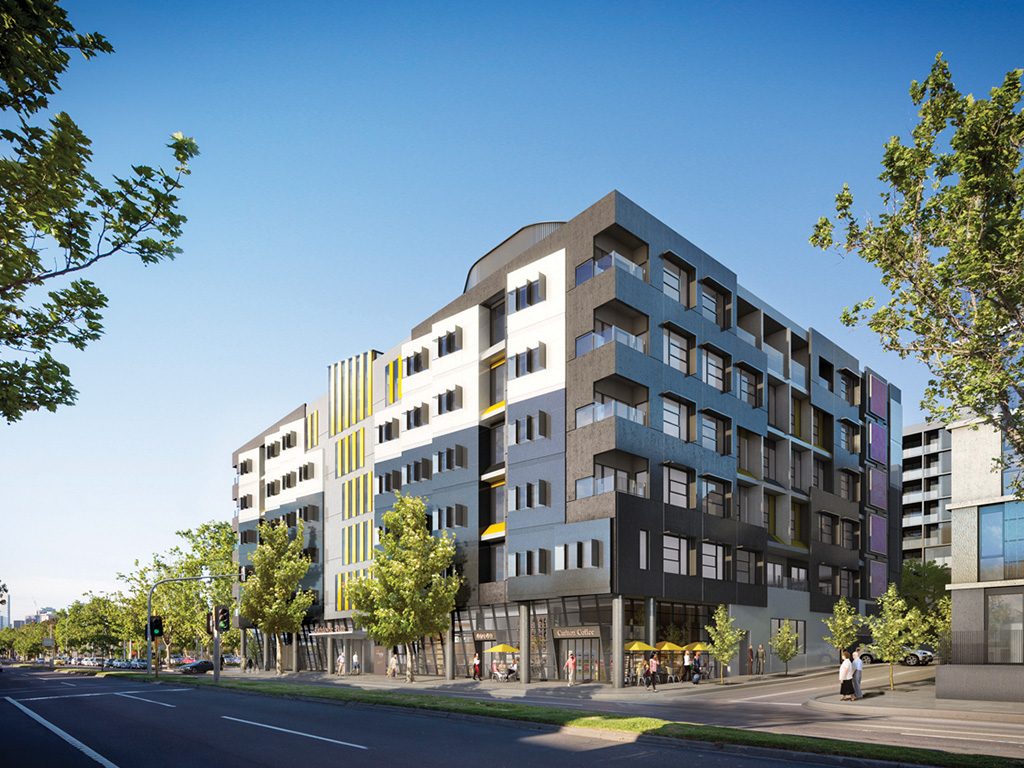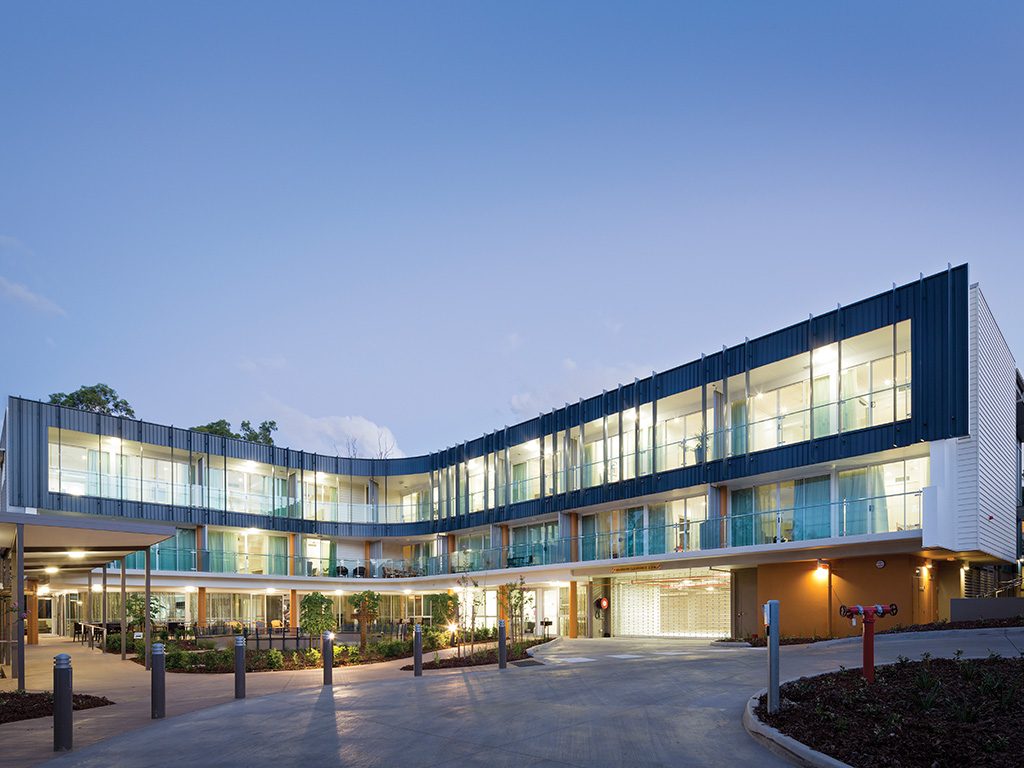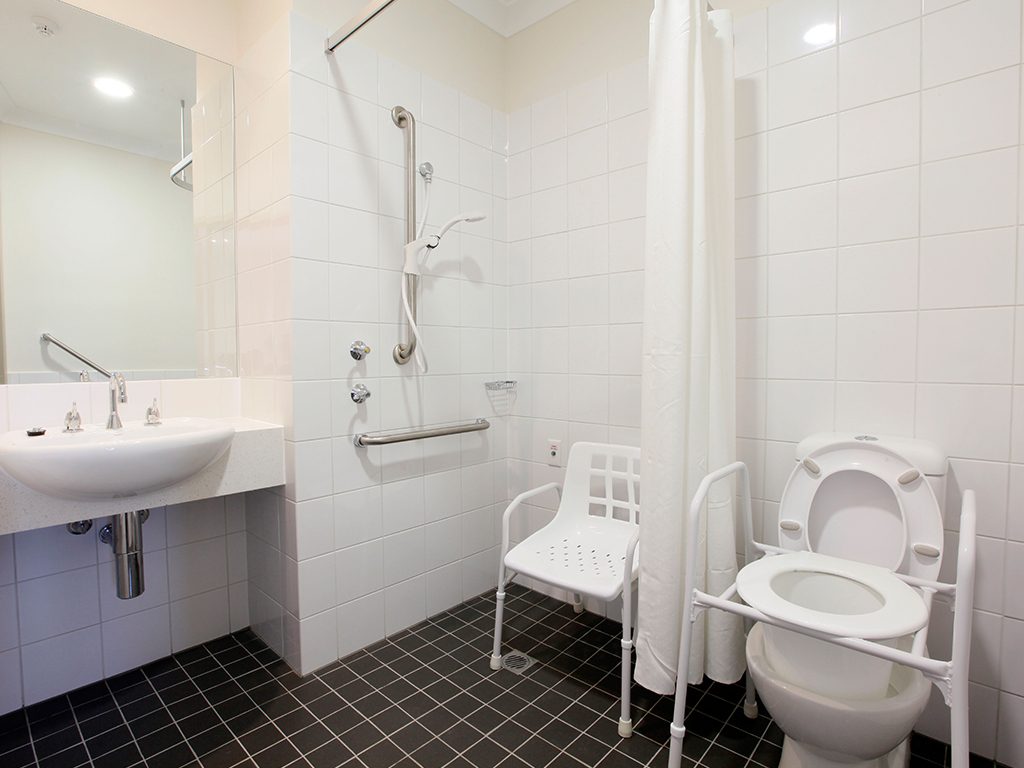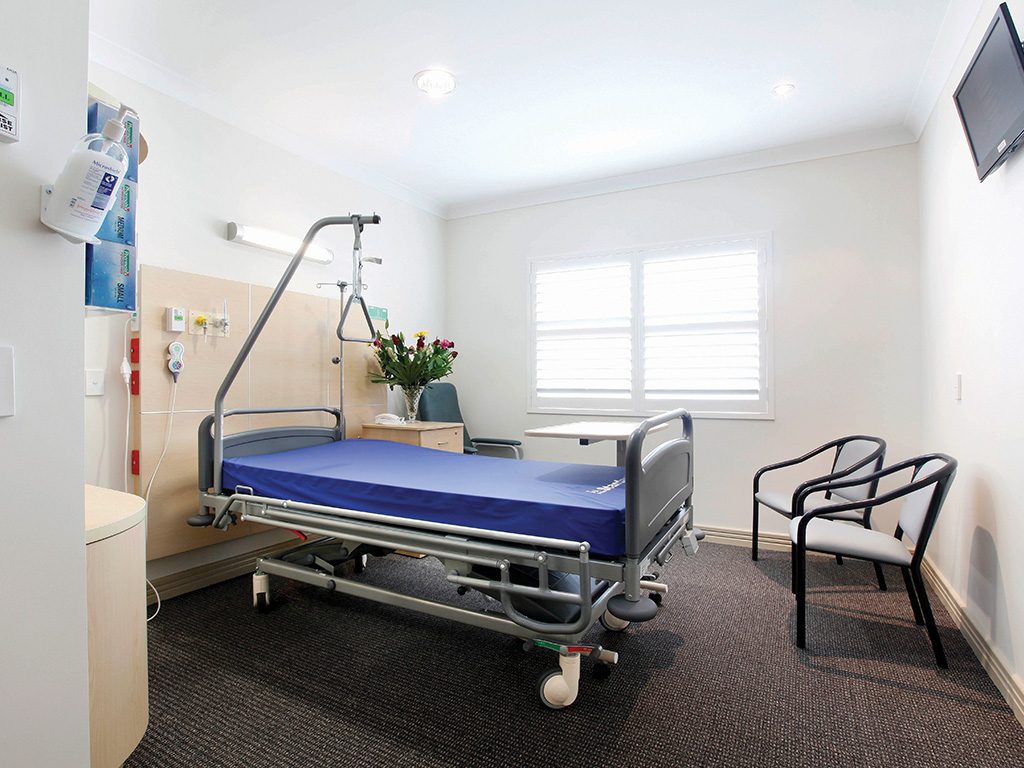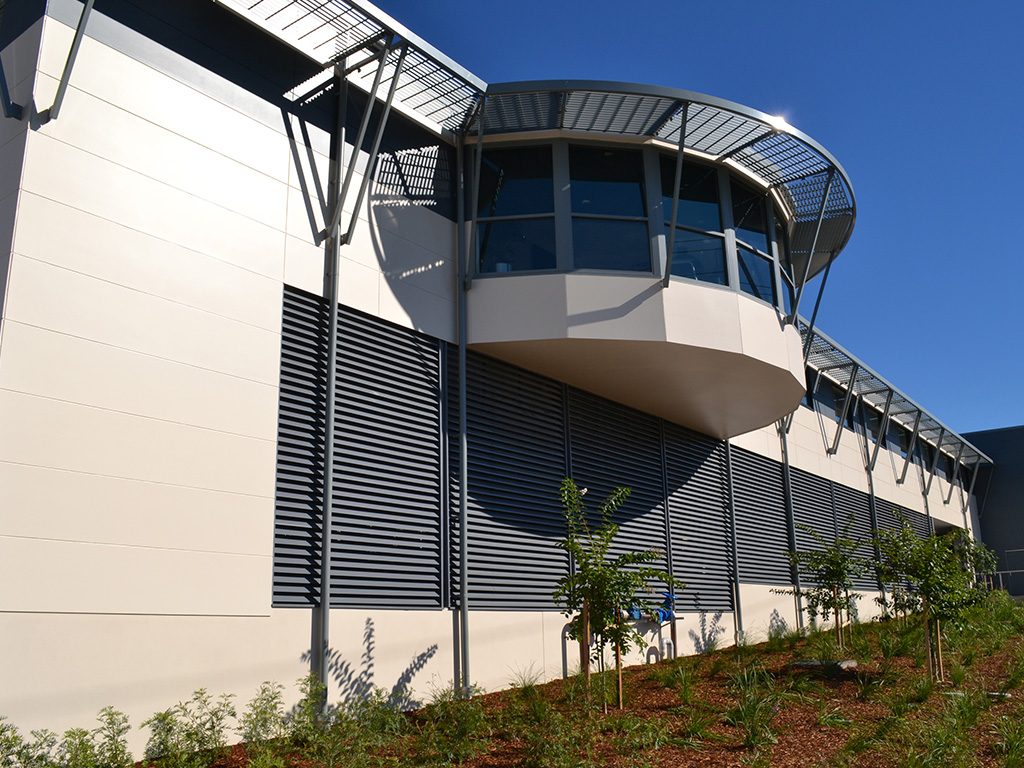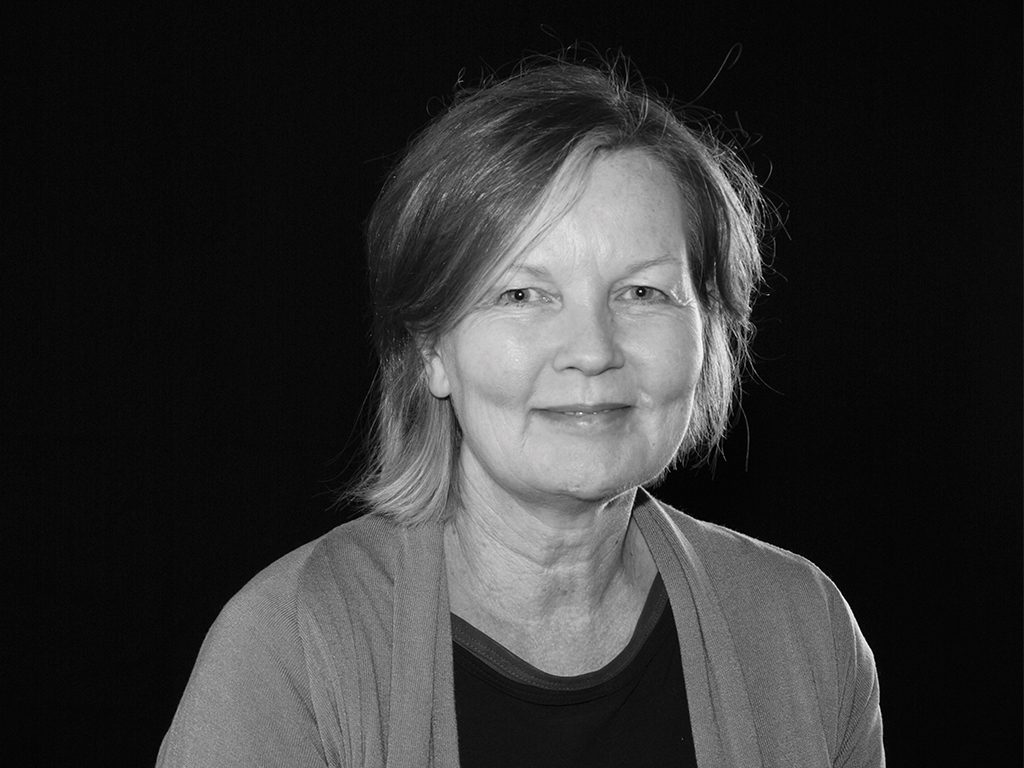YOUNG CONSTRUCTION SECTOR TO MEET RISING AGED CARE DEMAND
AN AGEING POPULATION WITH A RANGE OF SPECIALISED HEALTHCARE REQUIREMENTS PRESENTS BOTH CHALLENGES AND OPPORTUNITIES FOR THE GROWING MODULAR CONSTRUCTION SECTOR, WRITES BEVERLEY JOHNSON.
As baby boomers segue into retirement, some are looking for creative ways to live – setting up house in exotic and less expensive countries, or buying an apartment on a cruise ship and sailing away – but for most, the later years will be spent close to home.
Around the world, governments and private operators are looking at the most effective ways of housing and caring for people who are living longer, and in greater numbers, than ever before.
In Australia, demand for seniors’ housing is accelerating rapidly. The number of people aged 65 and over is estimated by the Australian Bureau of Statistics as 3.7 million. In 10 years’ time, seniors are expected to comprise more than 20 per cent of the population. At the moment, about 184,000 Australians live in retirement housing and 192,800 are in supported aged care, according to the national McCrindle Baynes Census. As this number increases, more lifestyle retirement villages for healthy independent retirees, and supported aged care accommodation for the ill and frail aged, will be required. Building is already at unprecedented levels, with $340 million of approvals in seniors housing construction seen Australia-wide for the month of March.
The figures offer opportunities and challenges. The Aged Care Financing Authority estimates that in the next decade, about 76,000 new places will be required; more than twice the number of the previous decade. The 2016 PwC/Property Council Retirement Census, an annual snapshot of data and trends in the retirement living sector, indicated that the average age of existing retirement villages is 24 years and “many villages are approaching a stage where significant redevelopment will be required.”
Andrew Lowcock, Policy and Communications Advisor, Retirement Living, with the Property Council of Australia, says that research has shown that retirement villages extend independence and quality of life for residents. “People who live in the lifestyle retirement villages are now moving into supported care five years later than they used to – at an average age of 84 years,” he says.
The Property Council estimates that there will be an increase in demand for seniors’ housing of 7.5 per cent in the next ten years. One of the greatest challenges, Lowcock says, is finding appropriate and affordable land.
The council is putting together design guidelines for seniors housing to be released later this year. “We need to maintain affordability and ensure that the design is appropriate for the people who will be living there.”
Clare Newton, architect and associate professor in learning environments in the Faculty of Architecture, Building and Planning at the University of Melbourne, believes that the ideal way for seniors to age is in the mainstream community, or in environments as close to that as possible.
She is a supporter of the Toronto-based concept of “8 80 cities” which promotes the principle that if everything we do in our public spaces is great for an eight year old and great for an 80 year old, then it will be an excellent environment for all people.
“What I would like to see are multi-age living environments suitable for young people, families and older people.” We are used to a traditional image of seniors housing as low-level buildings in suburban locations, but other solutions are being sought as land becomes more expensive, and the idea of retirees downsizing from the suburban family home to a more vibrant locale with lifestyle and entertainment options becomes commonplace.
“Perhaps as you get older, a denser environment would be preferable to suburban-style living. My preference would be a fairly small ‘village’ with a soft edge into the community. She says that high-rise buildings offer this style of living and it is one that suits seniors housing.
“It’s an exciting idea, because the housing can be affordable within an inner-city location.” She cites Rathdowne Place, the Australian Unity high-rise under way in Carlton, Victoria, as an example of an urban option. Three kilometres from the CBD and in one of Melbourne’s most vibrant suburbs, it offers a stimulating multi-choice lifestyle.
“Perhaps as you get older, a denser environment would be preferable to suburban-style living. My preference would be a fairly small ‘village’ with a soft edge into the community.”
Clare Newton, architect and Associate Professor – University of Melbourne.
A sense of community within the building is promoted with shared facilities of the kind found in luxurious mainstream apartment blocks. There will be a cinema, rooftop terrace, wellbeing centre, private meeting rooms and a private dining room that can be booked for parties or functions. Kitchenettes on each floor will be a good spot to get to know the neighbours and various levels of assisted living and home and community nursing will be offered.
As the number of older Australians increases, Associate Professor Newton says that one solution might be to look at what is termed NORCS – naturally occurring retirement communities – and concentrate government assistance and housing in these locations. NORCS occur when numerous people moved into a community when they were younger or when younger residents move out of a community and older ones stay.
“Rosebud in Victoria is an example of a large group of people of similar age. There are also places in the middle-ring suburbs of cities where this is happening. The idea is that housing and services could be linked to these naturally occurring areas of ageing.” The future of ageing in place, she says, will be impacted by transport systems, such as driverless cars, says Professor Newton.
Associate Professor Newton has done a lot of work on the concept of “agile housing” where homes are designed to be flexible and support all ages and needs from the cradle to the grave. She says that this is particularly relevant for aged care and appropriate for modular construction. Walls slide, large houses subdivide, bedrooms change size if medical equipment needs to be installed.
In its full form, she says, the concept of agile housing addresses the life cycle of a home and its occupants – from design, construction and financing to the requirements of the occupants at every stage of life.
Thomson Adsett, a leading architecture and design firm with studios throughout Australia and Asia, is the world’s largest specialist in seniors living and has 30 years of local experience and more than 20 years in Japan and Hong Kong.
“In China, there are 160 million people over 65 who need specialised care. It’s almost inconceivable that you could provide enough accommodation for that number of people,” says architect Tim Bentley who has worked in Thomson Adsett’s modular research and development since 2012. He explains the firm’s approach to projects as one that puts the residents first – a humanitarian approach, but with a deep understanding of the operational issues.
“Because we have been exposed to the industry for so long, we understand business operation models. We understand things such as staffing numbers and operational costs. We’re more than just architects.”
He sees the offsite industry as being “in its adolescence” in Australia. “There are cultural hurdles in the delivery method of modular housing here. We haven’t got our head around it. There is still the perception that modular is a donga in a mining camp. There is also a bit of push-back from the construction industry.
“We’ve been doing our own research and development to create more affordable aged care from the over-50s lifestyle housing right up to high-level aged-care nursing homes. We’ve seen the opportunity to introduce manufacturing processes to deliver a better product at a better price.”
“We’ve been doing our own research and development to create more affordable aged care from the over-50s lifestyle housing right up to high-level aged-care nursing homes. We’ve seen the opportunity to introduce manufacturing processes to deliver a better product at a better price.” Tim Bentley – architect.
One of the areas where Thomson Adsett sees great opportunities for modular housing is in remote and rural Australia, where older people can have great difficulty accessing appropriate accommodation.
“Thirty-eight per cent of seniors live in remote and rural areas, and a lot of them have to move away from their community and into cities when they need care. We shouldn’t expect people to move when something happens,” says Bentley.
“Couples who have lived together for 60 years should not have to separate or leave their community because the needs of one of them changes. What an awful decision to have to make.”
“We have to be able to care for people in a geographically appropriate way.”
“By its nature, modular construction is excellent for this type of housing. We can deliver for $150,000 to $200,000 a bed for a completed solution.”
“By its nature, modular construction is excellent for this type of housing. We can deliver for $150,000 to $200,000 a bed for a completed solution.” Tim Bentley – architect.
The units are built as a steel chassis with lightweight cladding and need to fulfil the dual requirements of being strong enough for transport over country and outback roads and still be an attractive building with domestic finishes. “This is going to be somebody’s home, not just a hotel where they spend a couple of nights,” he says.
In a recent address at the Retirement Living Summit, social commentator Bernard Salt said that a strong trend was people retiring from farming properties to regional towns and cities like Mildura, Dubbo and Wagga on the East Coast, the Fleurieu Peninsula in South Australia and the Margaret River on the West Coast.
Assistive technologies that help care for occupants are an increasingly common component in seniors’ housing and Bentley says modular construction techniques easily allow this to be built in. “Your environment cares for you while you are living in it,” he says.
Pressure sensitive floors, for example, provide passive monitoring. When the occupant gets out of bed in the night, the floor identifies that there is movement in the room. If he goes to the bathroom or kitchen, for example, and then does not move after an appropriate time, a signal is sent to the nurses’ station, or security station. This kind of monitoring can also be predictive by recognising changes in common movement patterns and alerting staff.
“It’s a system that gives a high level of privacy – you don’t have nurses coming in to check all the time – and it also saves staff time; they don’t need to be walking around checking on people all the time,” says Bentley.
There is an endless list of assistive and lifestyle technologies with seniors in mind, from simple navigation apps to voice activated everything right through to robots that can help with socialisation and stress issues. Exoskeletons could replace handrails and wheelchairs; smart watches monitor heart rate and blood pressure.
“Future residents will expect it all,” says Bentley. “In 10 years’ time, the residents will be the people who have grown up with technology at their beck and call.”
James Thorrold of Quicksmart Homes says the inherited name is misleading. “Our area is hospitality, student accommodation, hotel suites, aged care and hospital wards,” he says. The company has recently completed boutique hospital wards for Ramsay Health.
“There are massive opportunities in seniors housing and aged care. And when there is repetition in the process, it is perfect for modular.”
FAST FACTS
• More than 53,000 retirement and independent living units across Australia.
• 33 per cent of villages are not-for-profit
• Average age of new residents 75; current residents 80
• Occupancy rate 92 per cent
• 60 per cent of units are occupied by single people
• Avenue tenure is 7 years
• Average village age 24 years
• Average price of a two-bedroom unit is 67 per cent of the median house price in the same postcode.
The overall average cost of a two-bedroom unit is $389,000, up from $385,000 in 2015.
• More than 70 per cent of independent living units are two-bedroom configurations.
Source: 2016 PwC/Property Council Retirement Census
The North Sydney-based company can deliver a project from design to completion, and manufactures offshore. Thorrold says integral to the company’s success is its conventional construction division working with the modular division.
One of the challenges of large-scale modular construction, he says, is having trades people on site who don’t understand modular techniques. “If you have a build partner who is old-school or risk averse, you can end up with an unviable project,” he says.
Thorrold believes that there needs to be more widespread support for the industry to flourish and key stumbling blocks are the lack of consistent regulations throughout Australia and the requirements of banks when it comes to financing.
“Australia has different regulations for different states. This is a product that should have national compliance. There should be a national approach. Also problematic is the management of cash flow. The industry needs the support of banks.” James Thorrold – Quicksmart Homes.
“Australia has different regulations for different states. This is a product that should have national compliance. There should be a national approach. Also problematic is the management of cash flow. The industry needs the support of banks.”■
